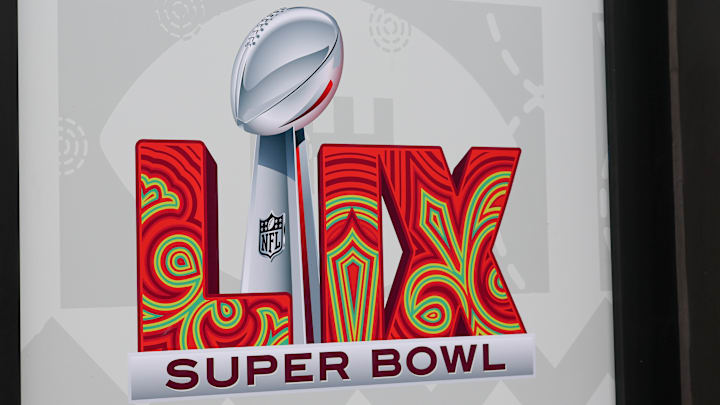The Super Bowl is one of the biggest sporting events in the world, and its branding is instantly recognizable. However, one unique feature that stands out every year is using Roman numerals instead of regular, traditional numbers when identifying which one we are speaking of.
This practice began with Super Bowl V in 1971, introduced by then-NFL Commissioner Pete Rozelle. The primary reason was to avoid confusion, as the Super Bowl is played in a different calendar year than the season it concludes. We'll discuss that more in detail in a second.
Over time, this numbering system has become a permanent part of the event’s identity. While Super Bowl 50 briefly used traditional numerals, the league quickly reverted to Roman numerals the following year. We'll also discuss that in further detail in a few.
Also read: An Eagles win over Andy Reid's Chiefs completes a historic championship trifecta
Roman numerals add a sense of prestige and importance to the event.
Using Roman numerals isn't just practical. It gives the Super Bowl a grand and historic feel. The NFL has long positioned the championship game as the pinnacle of American sports. Roman numerals reinforce that sense of significance.
By aligning the Super Bowl’s branding with the grandeur of ancient Rome, the NFL elevates the game’s perceived importance and timeless appeal. Let’s be honest. It adds to the spectacle, even if most people still have to look up what the numerals actually mean each year.
The Super Bowl is an annual event that spans different calendar years.
As mentioned, one of the main reasons the NFL continues using Roman numerals is to avoid confusion with the year the game is played. The NFL season begins in one calendar year and ends in another, so numbering the Super Bowls by season year would be inconsistent.
For example, the 2024 season’s Super Bowl is played in February 2025. Roman numerals provide a straightforward way to track the progression of each championship without tying it to a specific calendar year.
Super Bowl 50 temporarily ditched Roman numerals, but the tradition returned.
In 2016, the NFL made an exception for Super Bowl 50, opting for traditional numerals instead of “Super Bowl L.” The reason? According to the league, the letter alone didn’t have the same visual appeal as previous numerals like XLIX or XLVIII.
Imagine the memes that would’ve come from “Super Bowl L”...sheesh. However, the NFL returned to Roman numerals for Super Bowl LI and beyond, reaffirming the tradition’s importance in the game’s legacy.
Roman numerals are now an irreplaceable part of the Super Bowl’s identity.
What started as a way to eliminate confusion has evolved into a signature part of the Super Bowl’s branding. The Roman numeral system adds prestige, tradition, and clarity to the event, making it instantly recognizable
While Super Bowl 50 briefly (and cleverly) deviated from the system, the NFL quickly restored it, cementing Roman numerals as a permanent fixture. Now, each time “Super Bowl LIX” rolls across your screen this weekend, you’ll know exactly why these classic numbers still hold true.
